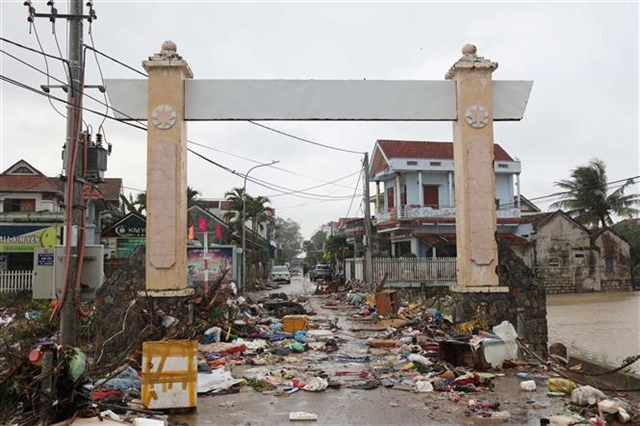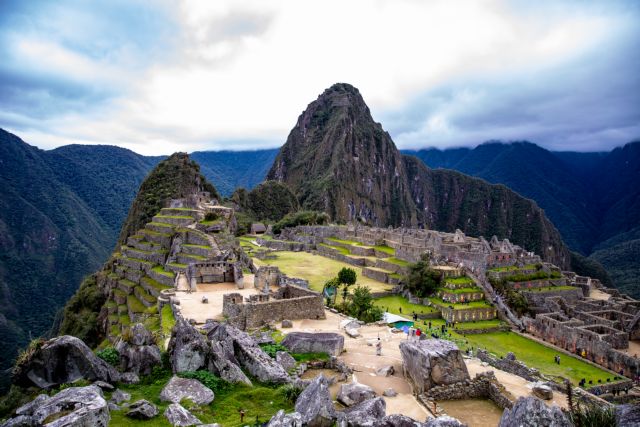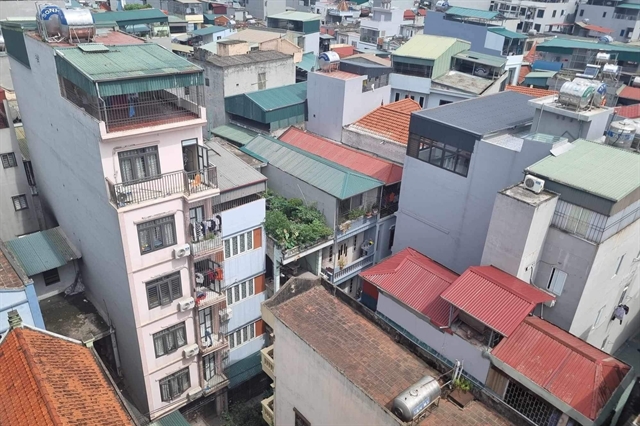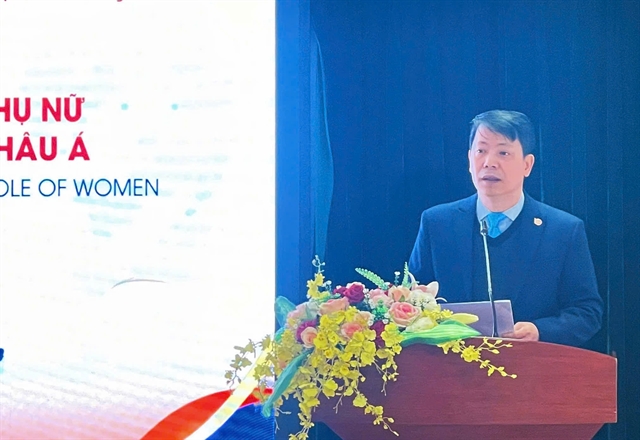 Expat Corner
Expat Corner

On the occasion of two hundred years of the Declaration of Independence of the Republic of Peru, for the Ambassador of Peru in Vietnam, Augusto Morelli, the Bicentennial is an opportunity to transmit confidence in the strength and resilience of Peru and its people, to reflect on what remains to be done and to imagine the future with a new spirit, a Bicentennial spirit.
For the Ambassador of Peru in Việt Nam, Augusto Morelli, the occasion of two hundred years of the Declaration of Independence of the Republic of Peru, the Bicentennial, is an opportunity to communicate confidence in the strength and resilience of Peru and its people, to reflect on what remains to be done and to imagine the future with a new spirit: a bicentennial spirit.
This 28th of July, the Republic of Peru was celebrating 200 years of existence as a Republic. But the history of Peru goes back to 20,000BC when the territory began to be populated with groups of hunters and gatherers.
The existence of many pre-Inca civilisations that settled in the territory of Peru is well known. We have learned about them through the study of their art, tools, ceramics, textiles and constructions that were left behind. The oldest city discovered was Caral (5,000 years old), located in the Supe valley, 200km north of Lima, and known to be the oldest city in the Americas.

|
| The Javier Prado Avenue and the Express Way in the San Isidro district, Lima, capital of Peru. Photo courtesy of the embassy |
Dating back to about AD1200, the Inca Empire dominated most of the Pacific coast and Andean region of South America. The main centre of Inca culture was the city of Cuzco, from where the Incas controlled over 40,000 kilometres of roads and hundreds of villages throughout South America. In 1530, its population was around 10 million people and its territory comprised an area of more than 2 million sq.km.
With the Spanish conquest in the 16th century, this great tangible and intangible heritage came into contact with European civilisation. Through it, with the world of the time and its Arab, African and Asian counterparts, Peru developed a mestizo culture, marked by a mixture of blood and traditions, producing new expressions in the art, thought and lifestyles. This process brought about a radical change in the composition of Peruvian society and the beliefs of the inhabitants of what is known today as Peru.
The Republic began in 1821, with the Declaration of Independence in the city of Lima, initiated by José de San Martín. However, it took until 1824 to defeat the Spaniards at the Battles of Junin and Ayacucho. These were decisive victories, not only for Peru's independence, but for that of all former Spanish colonies in Spanish America, since Peru was the centre of the Spanish crown. After its liberation from Spain, the most difficult problem for the young republic was political organization and the creation of a consensus among the newly formed social groups.
In this time of great global challenges, such as the pandemic and the economic crisis, Peru's Bicentennial is an opportunity to tell the world about the confidence and the strength and resilience of Peru and its people, to reflect on what needs to be done, and to imagine the future with a new spirit: a bicentennial spirit.
It is a moment to reaffirm confidence, recalling all the value that Peruvians have created throughout history, for themselves and for the world, highlighting the valuable examples of citizenship, solidarity and resistance to hardship, both at home and abroad, that we have shown as Peruvians in difficult times, such as this one.
It is a moment to remember that, in the territory of present-day Peru, communities emerged over the centuries, in balance between nature and human action, passing on memories that contributed to Peru's rich traditions, worldviews, complex societies, monuments and roads, artistic, musical and culinary treasures, as well as ancestral knowledge related to the vast biodiversity of the Peruvian territory.
It is a moment to reaffirm confidence in Peruvian democracy and development, and to do so hand in hand with all Peruvians living abroad who, with their work, creativity, generosity and patriotism, communicate the best of Peru to the world; as well as with the entire international community, which feels affection and respect for our nation.
The Bicentennial of the Independence of Peru is also a time for Peruvians to reflect on what remains to be done in order to build a better society. It is time to build a country without corruption, that strengthens its democratic institutions; a country that narrows the gap of poverty and inequality, that fights gender violence and forges spaces of coexistence free of discrimination and intolerance; a country of dialogue and peace, that promotes and consolidates spaces of encounter and recognition and solidarity, fairness and dialogue; a country that values its megadiversity and conceives development as irremediably linked to environmental responsibility.

|
| The Historic Sanctuary of Machu Picchu is the most amazing architectural achievement of the Inca Empire. Its walls, terraces and gigantic ramps give the impression of having been sculpted in the cliffs of the rock, as if they were part of it. Photo courtesy of the embassy |
In the area of Peruvian foreign policy, it is also time to reaffirm our commitments to our values of defending the sovereignty of nations, democracy and multilateralism, as well as the policy of good neighbourliness with all the countries of the world, in particular with our Asian friends.
As for our bilateral relations, may this Bicentennial also be an opportunity to renew the 27 years of diplomatic relations between Peru and Việt Nam (1994-2021). During this time, political and economic exchange has improved thanks to the mutual contact of high-ranking authorities and representatives, growing trade flows and the presence of important Vietnamese investments in Peru.
We are all optimistic about the bright future of the development of bilateral economic relations. In recent years, both sides have achieved remarkable success, especially the trade turnover reached more than US$600 million in 2019, six times more than that of 2009 (more than $100 million) and increased by 54 per cent compared to that of 2015 (more than $390 million).
Nevertheless, both nations have great untapped potential to improve the economic relationship in the coming years. In fact, the two countries' export and import portfolios remain limited and have not changed for years. Therefore, trade diversification is a key issue for the Peru-Việt Nam economic relationship. This will be realized with the impact of the CPTPP to which Peru and Việt Nam have signed up.
The potential for economic relations looks very promising in the coming years if both countries continue to promote each other's strengths in terms of investment and business opportunities.
We look forward to enhancing all levels of relations in the political, economic and co-operation fields, as well as in the framework of regional economic blocs such as the Pacific Alliance and ASEAN and our continued and shared participation in APEC and the United Nations. VNS




